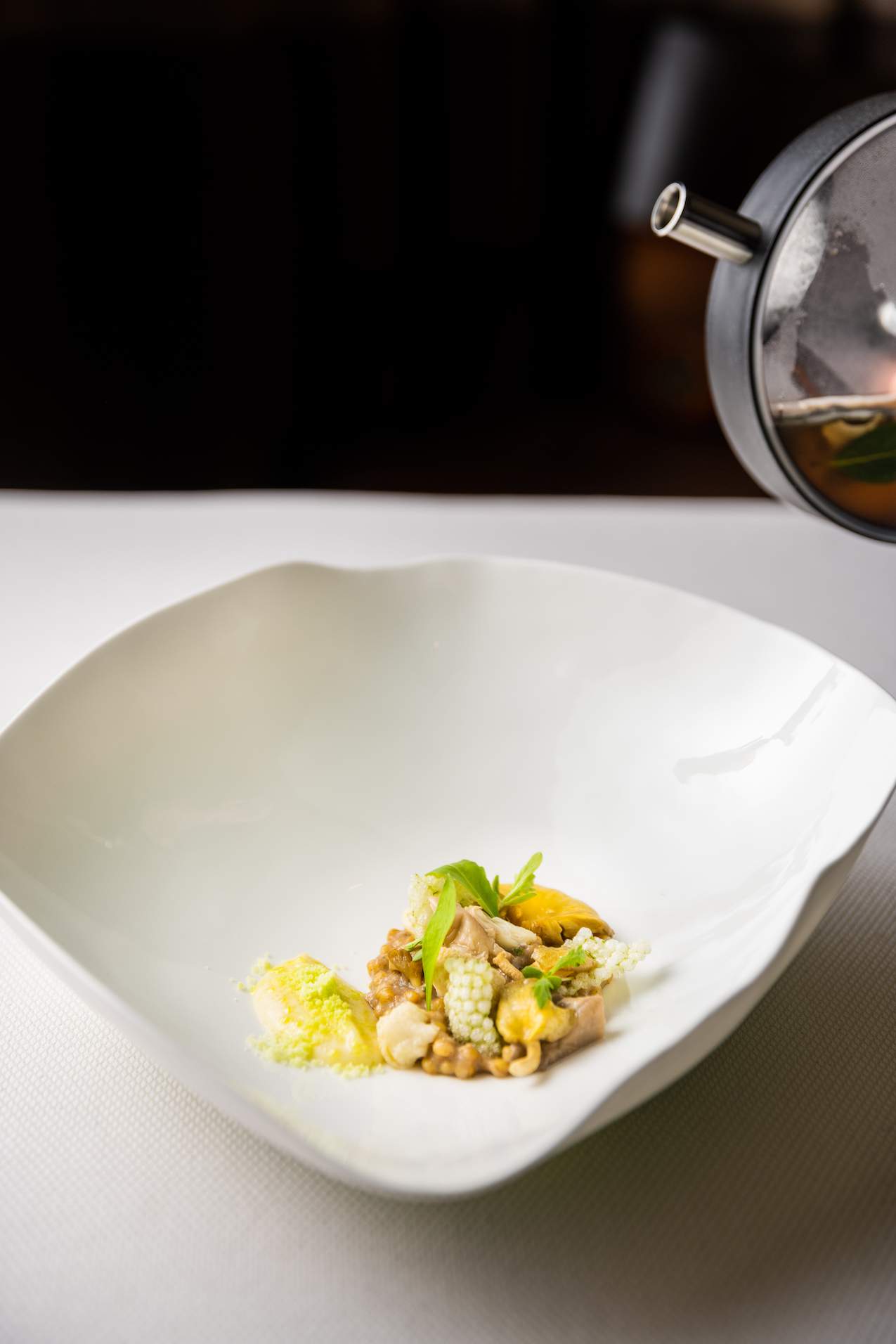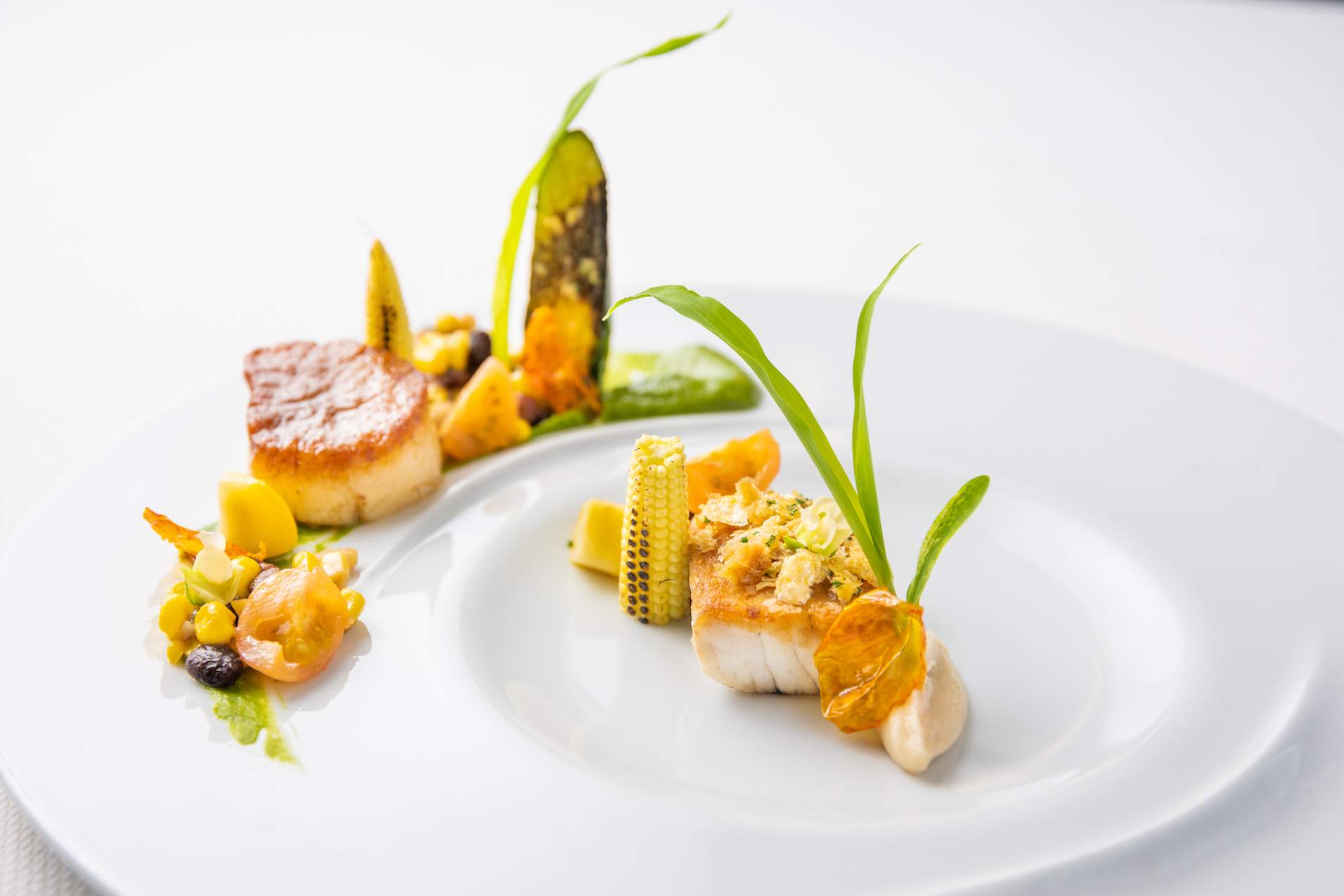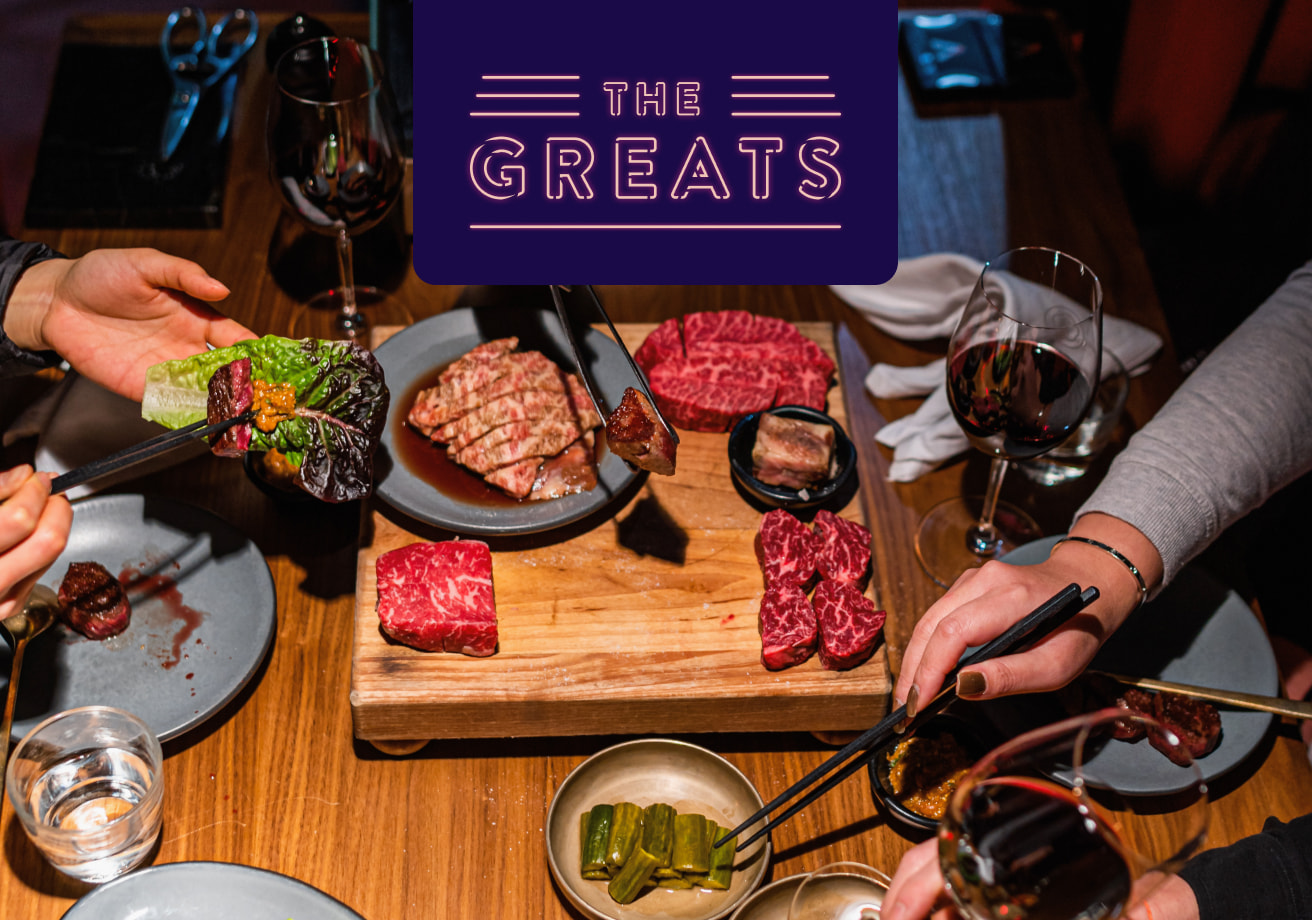Ramona Button, a member of Arizona’s Gila River Indian Community (Button is of Akimel O’Odham descent, also known as the Pima tribe, and Tohono O’Odham descent), began farming her family’s land allotment just outside of Phoenix in 1974. She was encouraged by her elders to grow her community’s dormant ancestral crops, and so with the help of her husband, and a few seeds she discovered at their home, Button began farming the tepary bean.
“The native communities were nurtured by the beans until the gradual disappearance of the community farmer,” Button says. “Working to bring the tepary bean and our other heritage crops back into production has helped put [them] back into our community kitchens and food choices.”

One contributor to that resurgence is Kai, a fine dining restaurant at Phoenix’s Sheraton Grand Wild Horse Pass Resort that prominently features the tepary bean on its menu. The entire resort sits on the reservation land of the Gila River Indian Community (which is home to the Pima and Maricopa tribes). Native American restaurants are hard to find in the United States—Minneapolis’s Owamni nabbed the best new restaurant distinction at the James Beard Awards this year, a notable win and recognition of the work of Native American chefs in the U.S. Kai is among this rare group of restaurants across the country that are spotlighting the work of Native American farmers and their foodways.
Along with Button’s farm, Ramona Farms, Kai collaborates with a few indigenous farmers around the state. When Kai debuted in 2002, it initially partnered with the non-profit organization, Native Seeds/SEARCH, which works to preserve nearly 2,000 crops grown by the indigenous communities in the Southwest.
“The community really wanted this restaurant to feature ingredients from the local farmers,” Rosie Rivera (who is of Akimel O’Odham descent), the cultural manager for the Sheraton resort, says. “Kai works to source as many of its ingredients as possible through farmers in the indigenous community.”
Following that initial introduction, the Kai team was able to connect with Button’s farm and others like the San Xavier Co-Op Farm, which grows crops such as tepary beans, wheat berries, and cholla buds. Produce from these farms feature prominently on the menu at Kai.
Ramona Farm’s tepary bean is the highlight of a seafood dish called kachk, which also features scallop and barramundi in a cactus and green tomato curry. Mushrooms and wheat berries from the farm are part of an earthy risotto-like appetizer called celebration of Arizona mushrooms. Other items that highlight indigenous foodways include the buffalo tenderloin, which is served with a syrup made from local Saguaro blossoms; and a cheese course that includes pieces of wamichta, a type of the Native American deep-fried dough called fry bread.

The acknowledgement of the indigenous communities stretches beyond the plate, too. The artwork hanging in the restaurant was commissioned from members of the Gila River Indian Community. Hand-painted watercolors on the menu depict the natural landscape and aspects of life that are important to the local tribes. Both front of house and kitchen staff meet regularly with the farmers Kai works with to more accurately convey the stories behind the food to diners.
The word Kai means “seed” in the Pima language, and Rivera, the cultural manager, says it encapsulates the relationship the restaurant hopes to build with the local indigenous communities—something they can nourish and continue to grow, Rivera says.
Kai’s work in turn has shone a greater spotlight on indigenous farmers and propelled their sales outside of the restaurant as well.
“Having our products on the menu at the Kai has introduced many people who may not have found them on their own,” Button says. “Kai has become an integral part of the celebration and continuation for the food traditions of the area.”
Asonta Benetti is a freelance travel, food, and beverage writer based in Phoenix, Arizona with credits in Food & Wine, Bon Appétit, VinePair, and AFAR, among others. Follow her on Instagram and Twitter.



